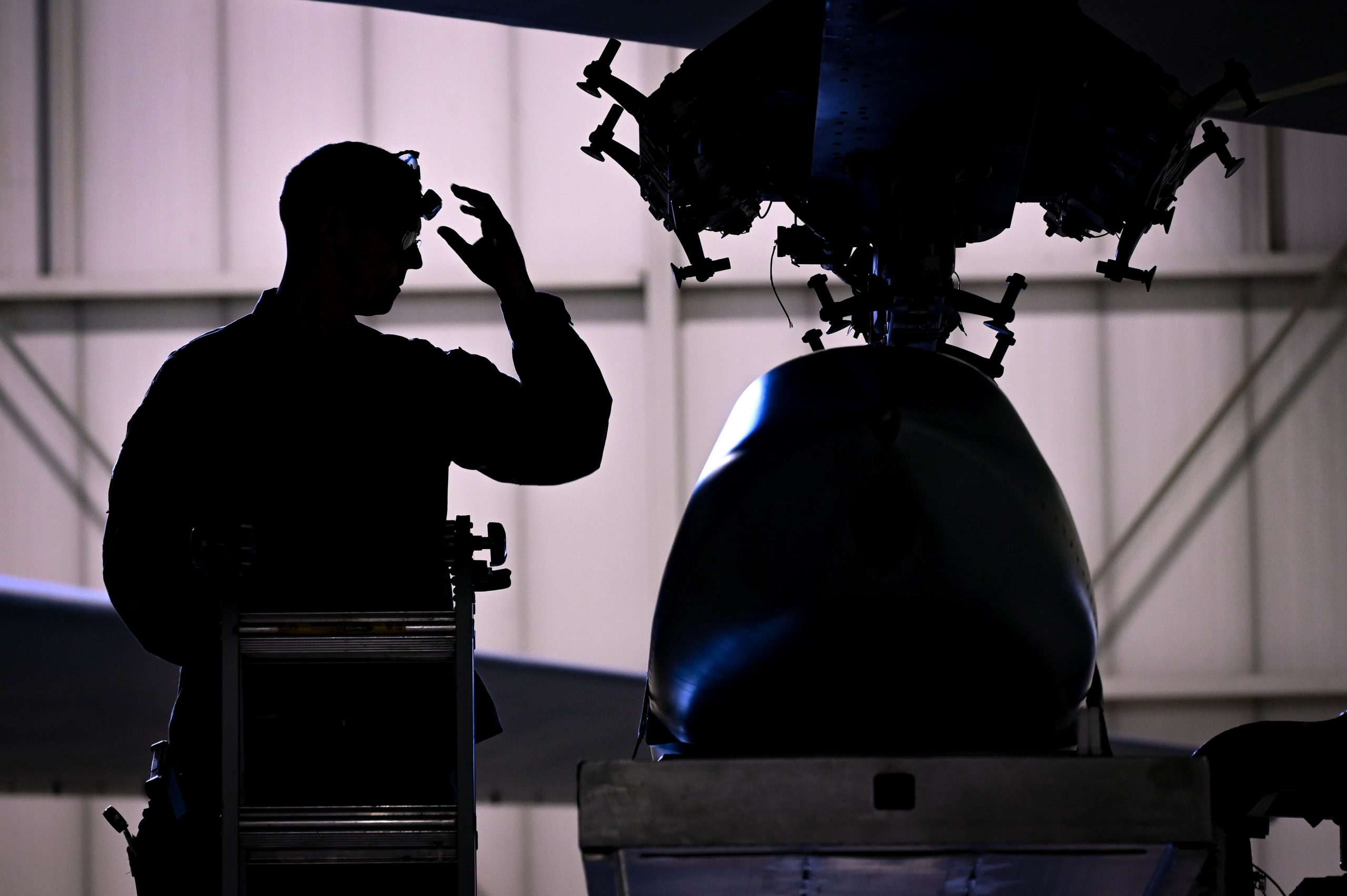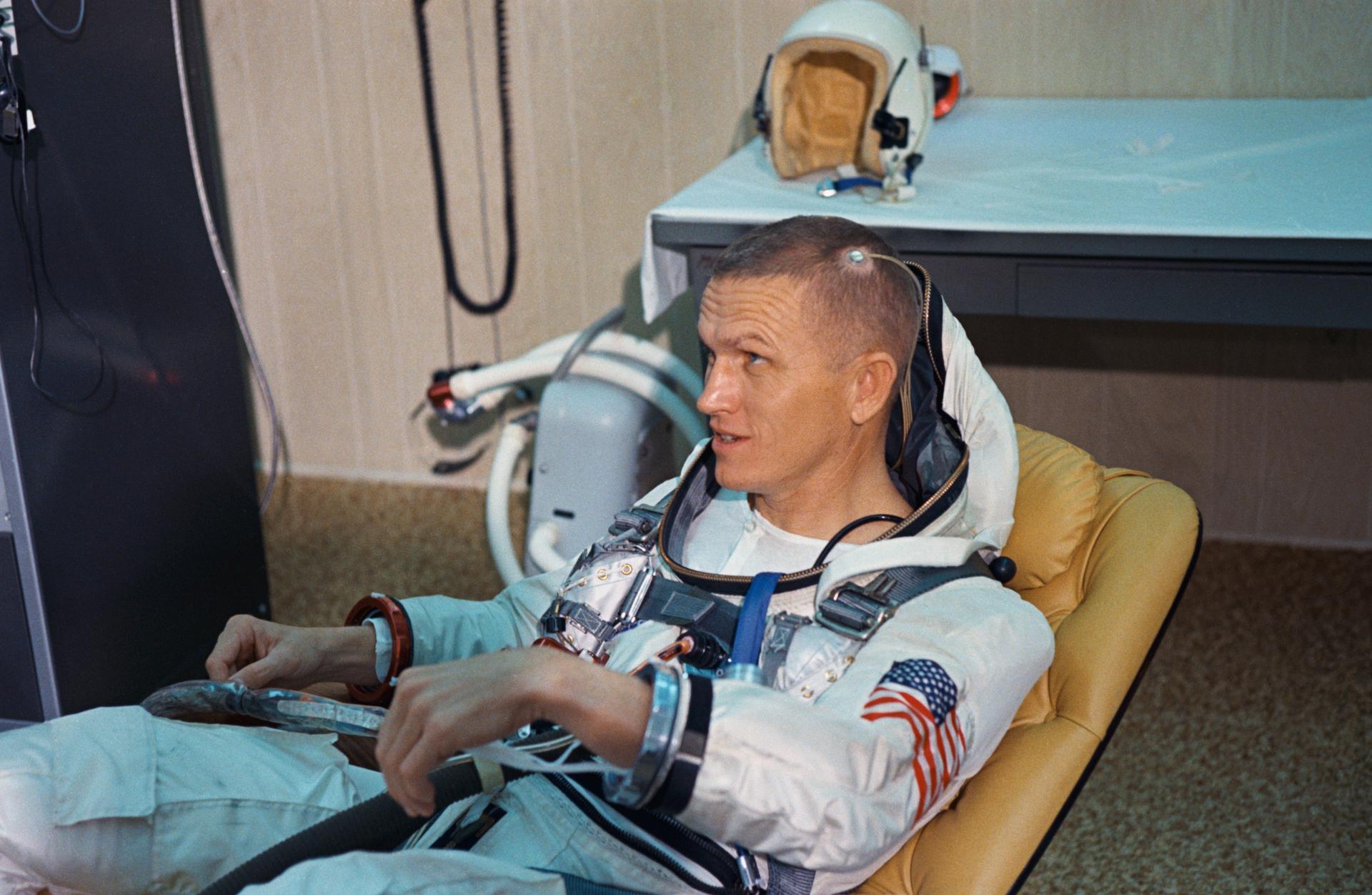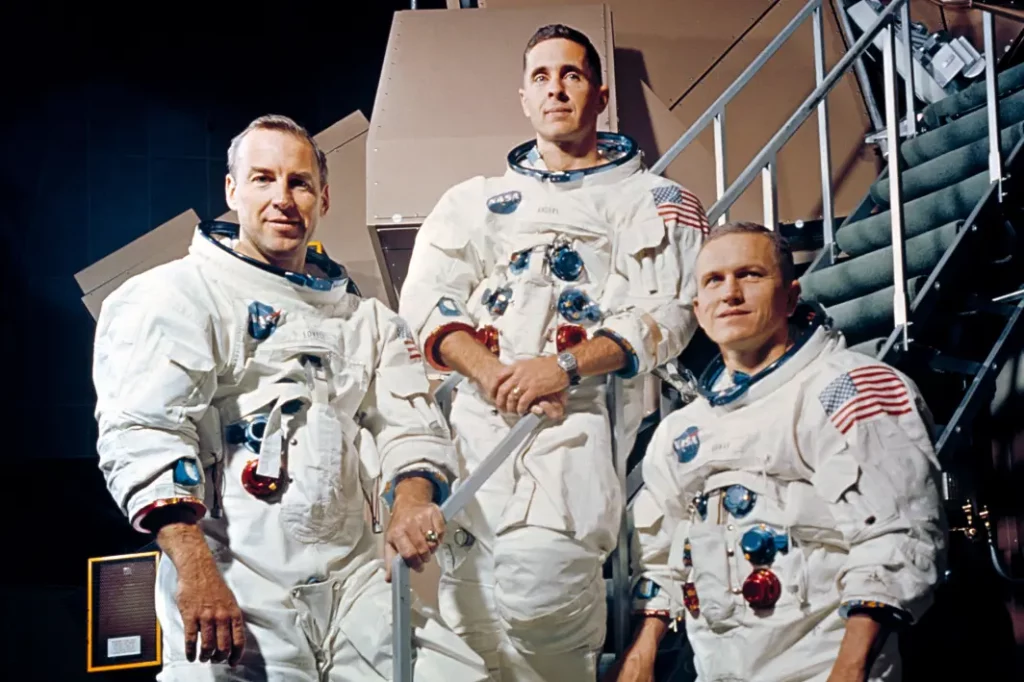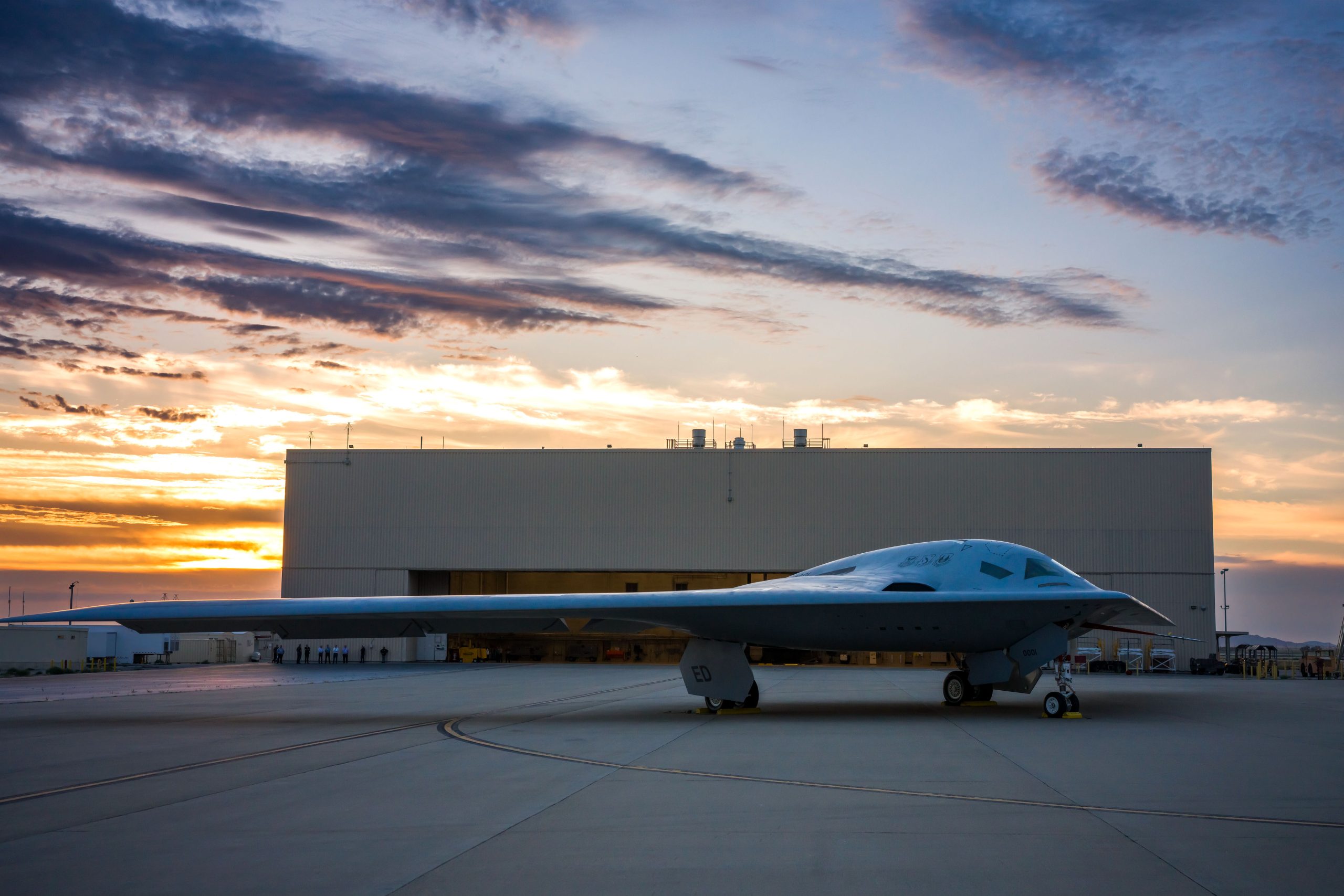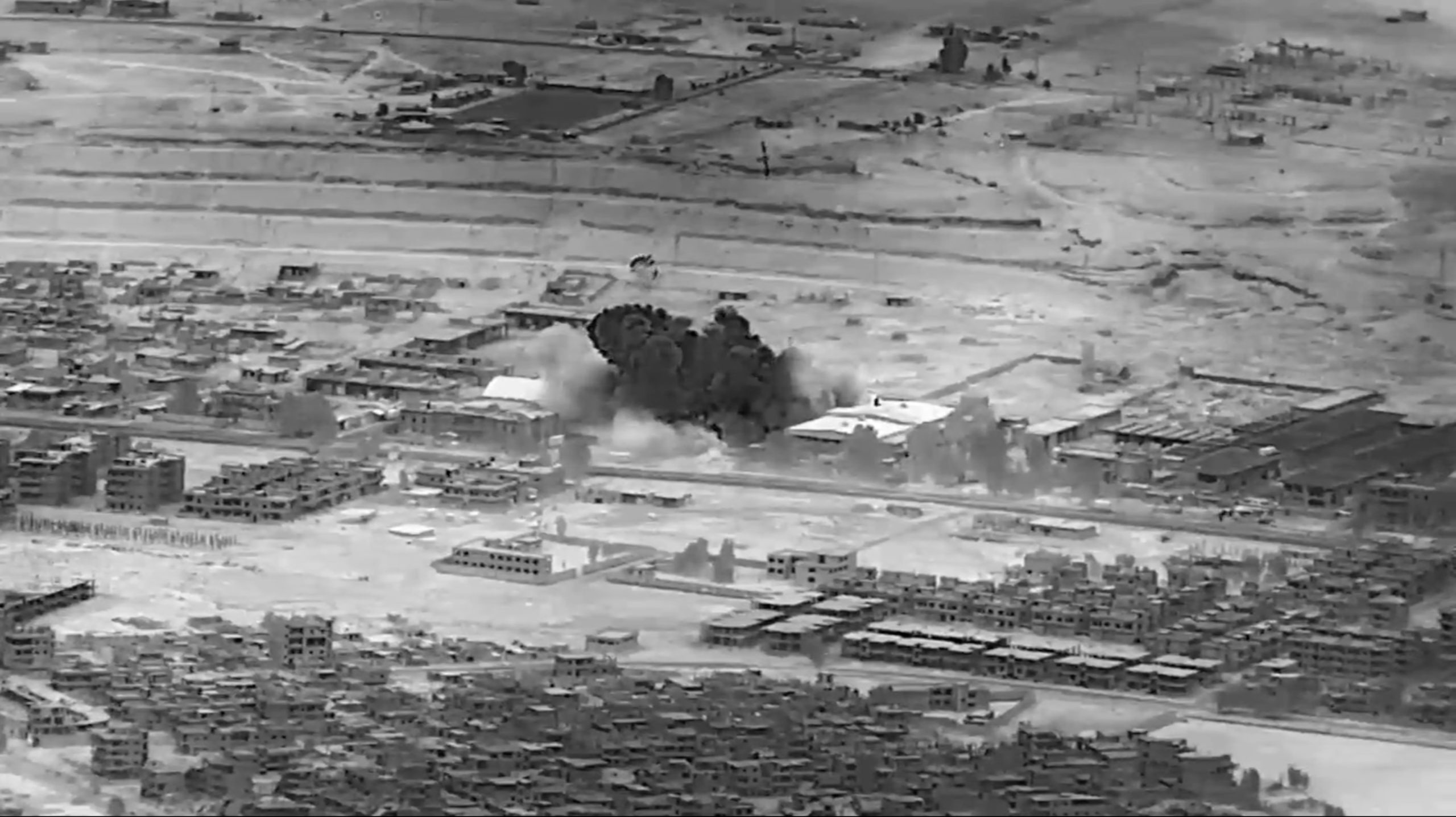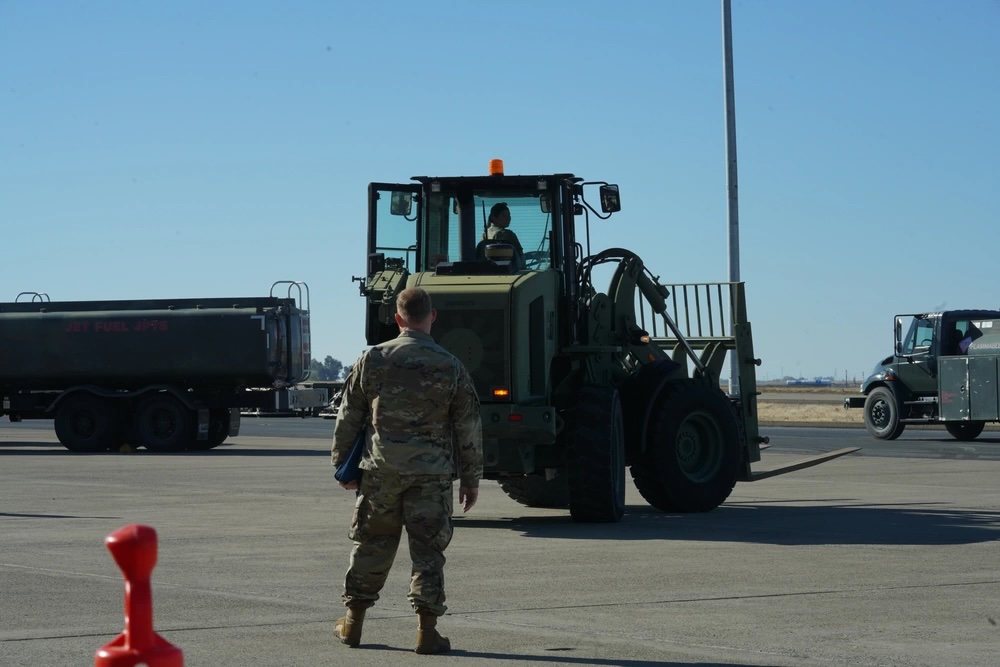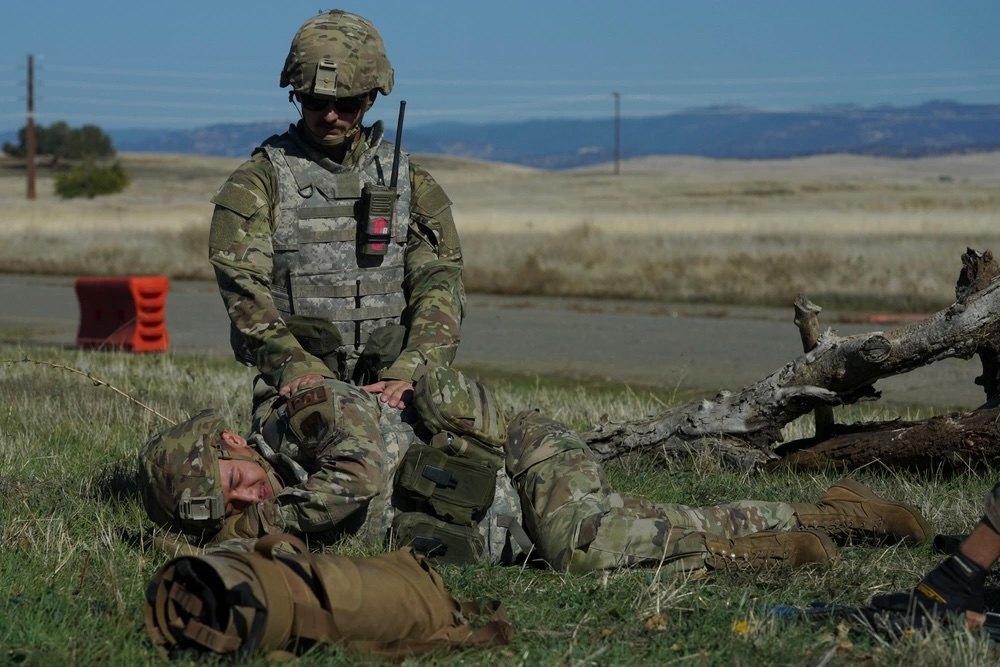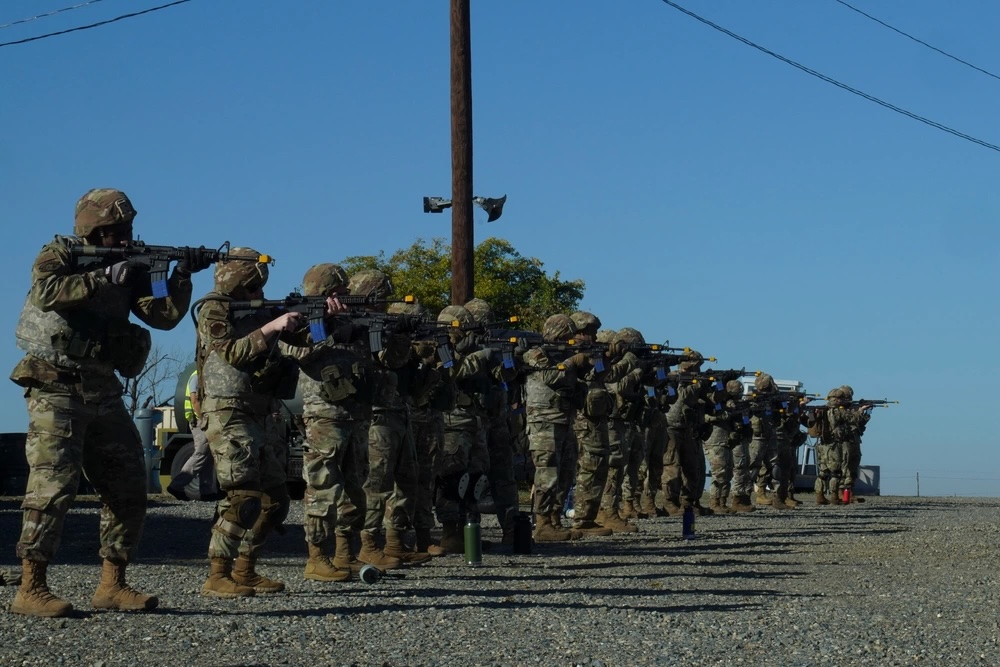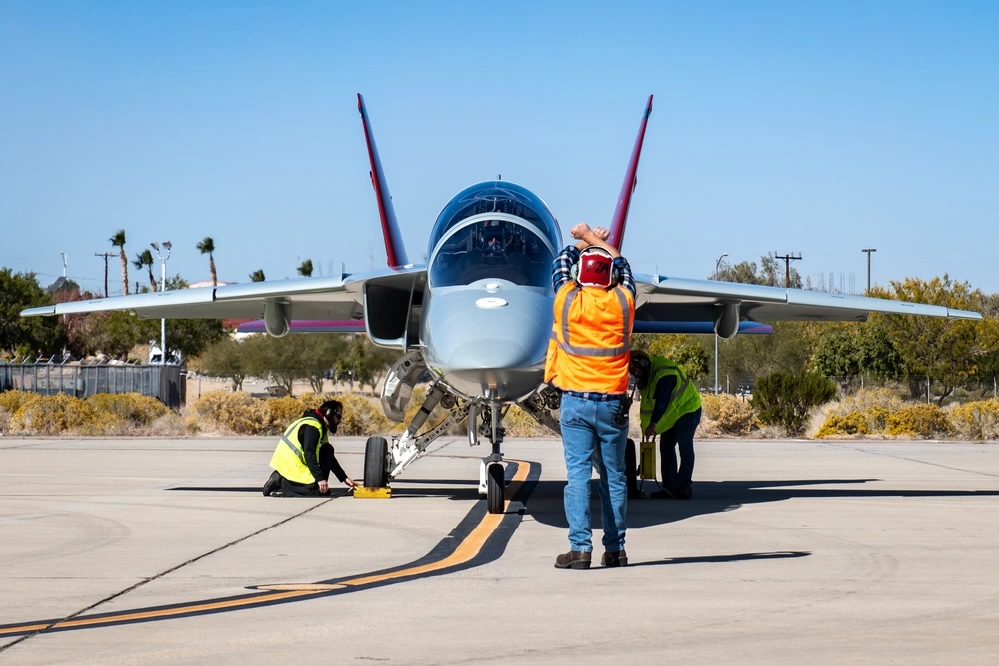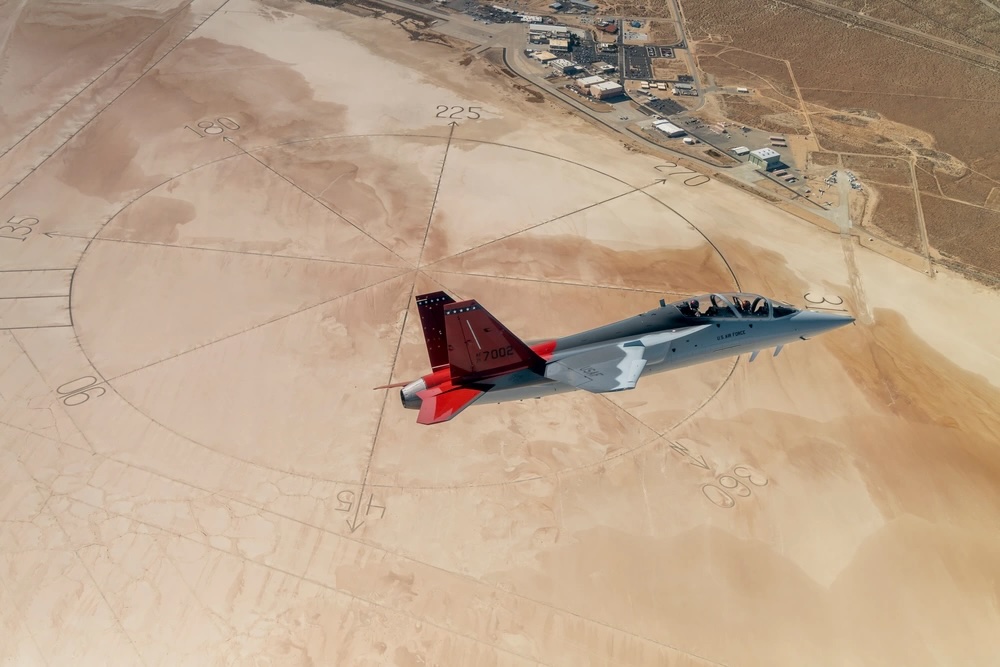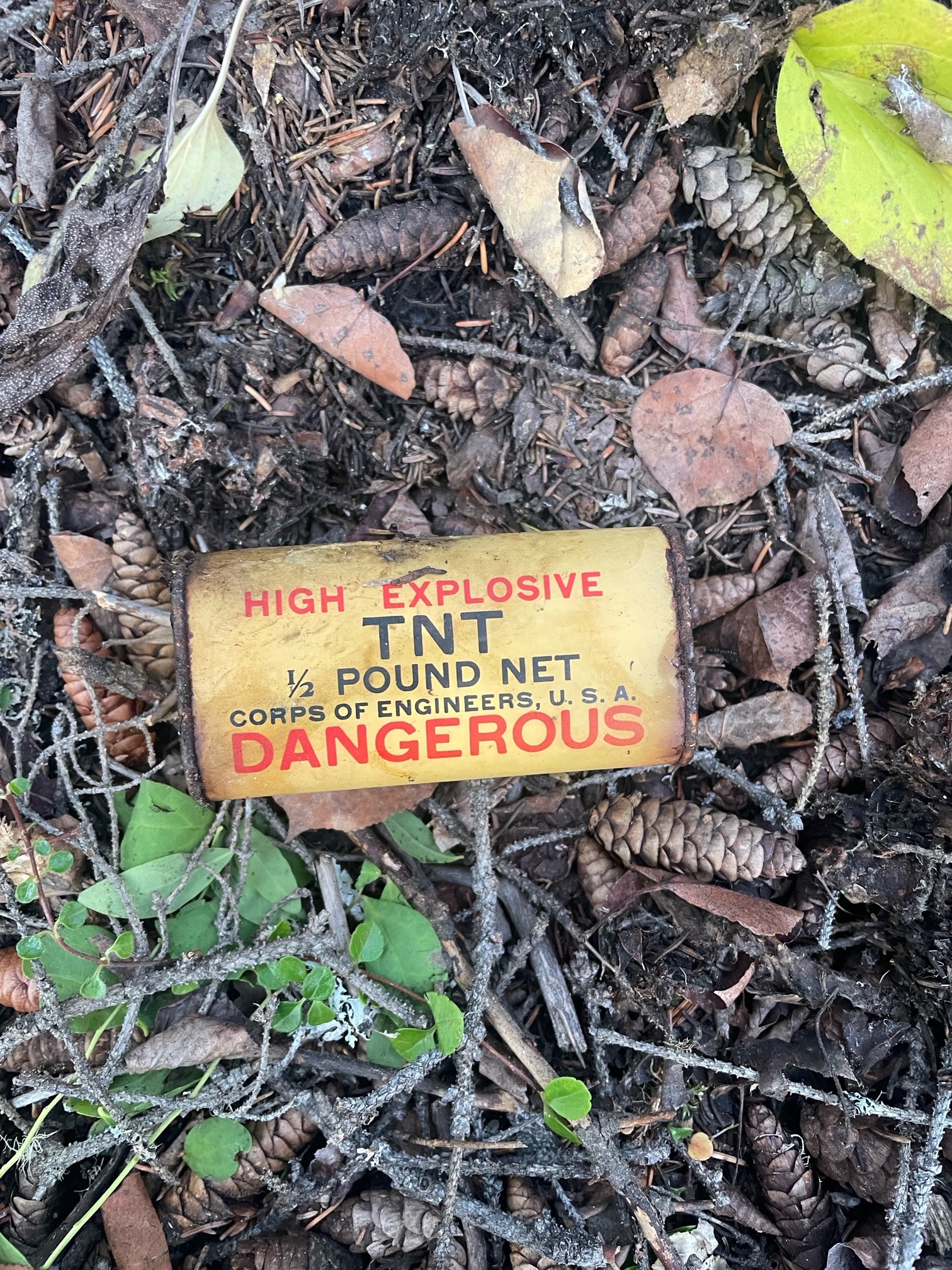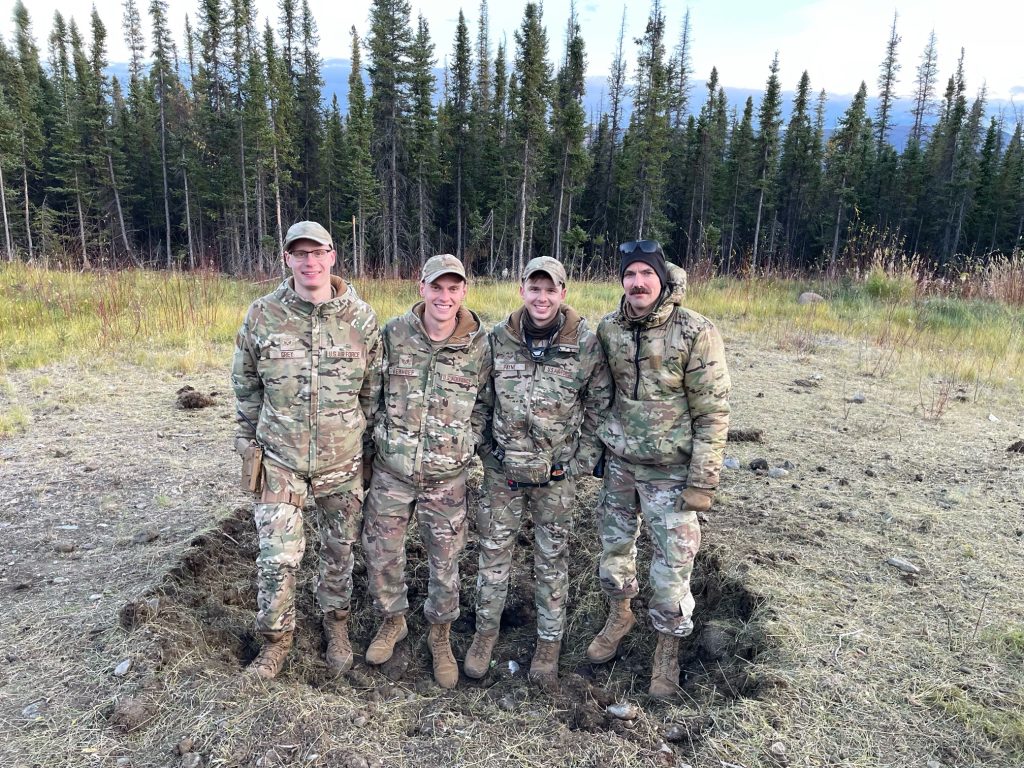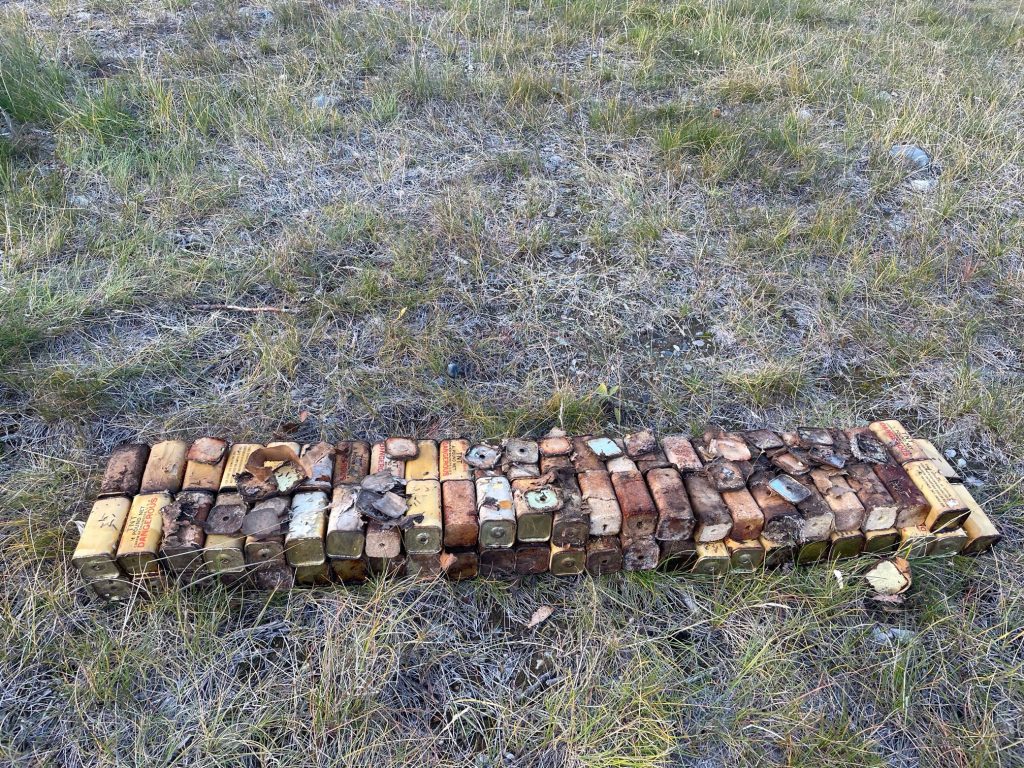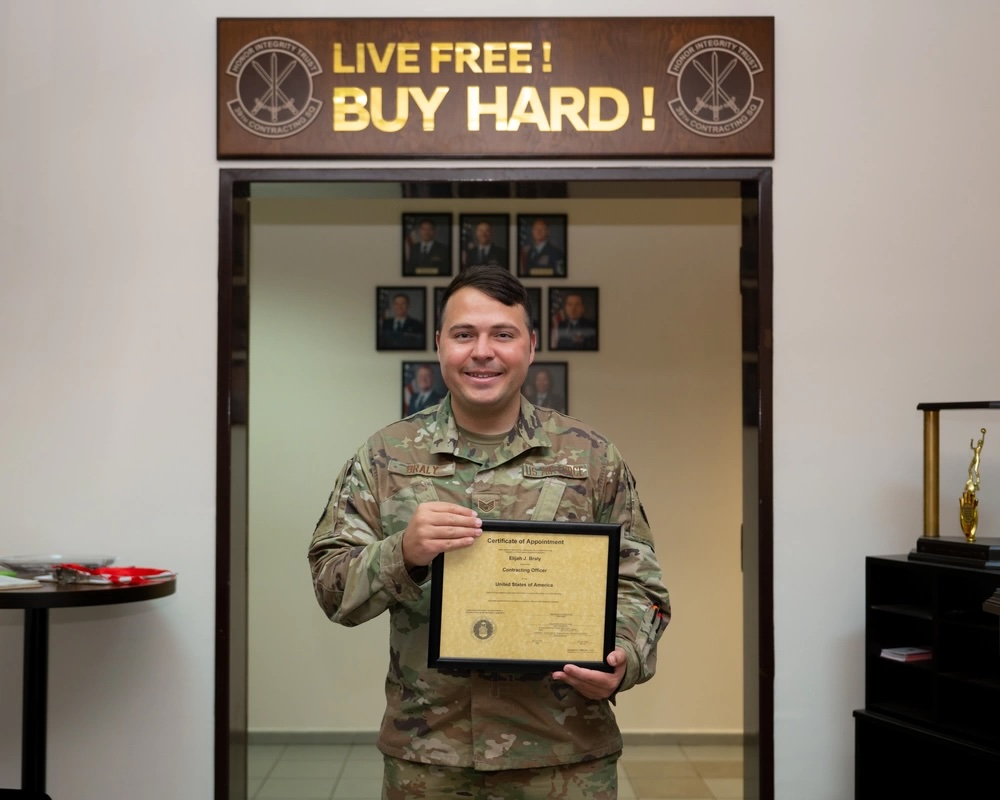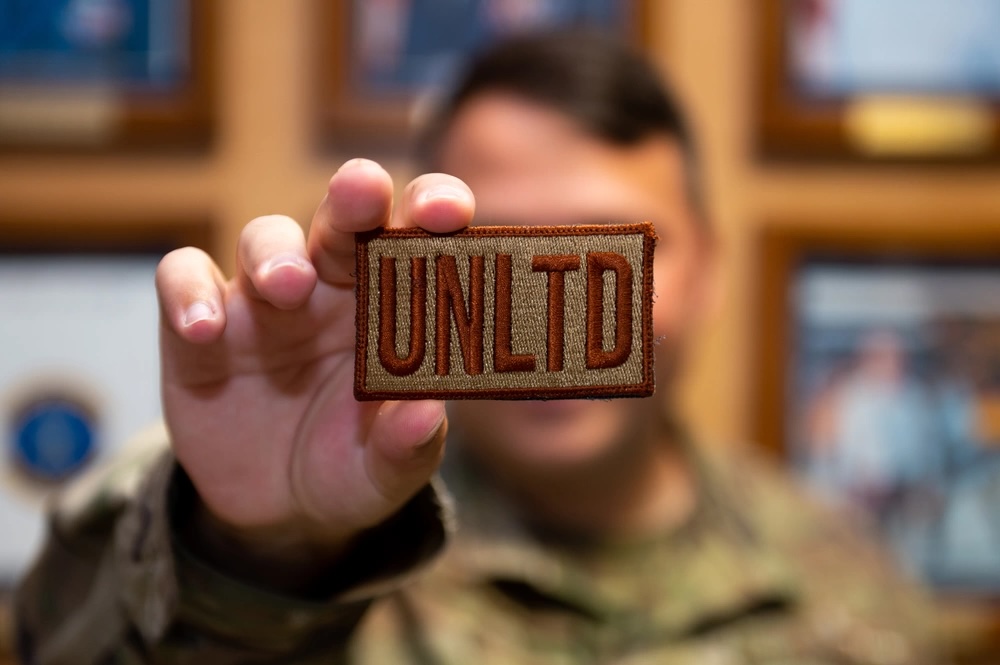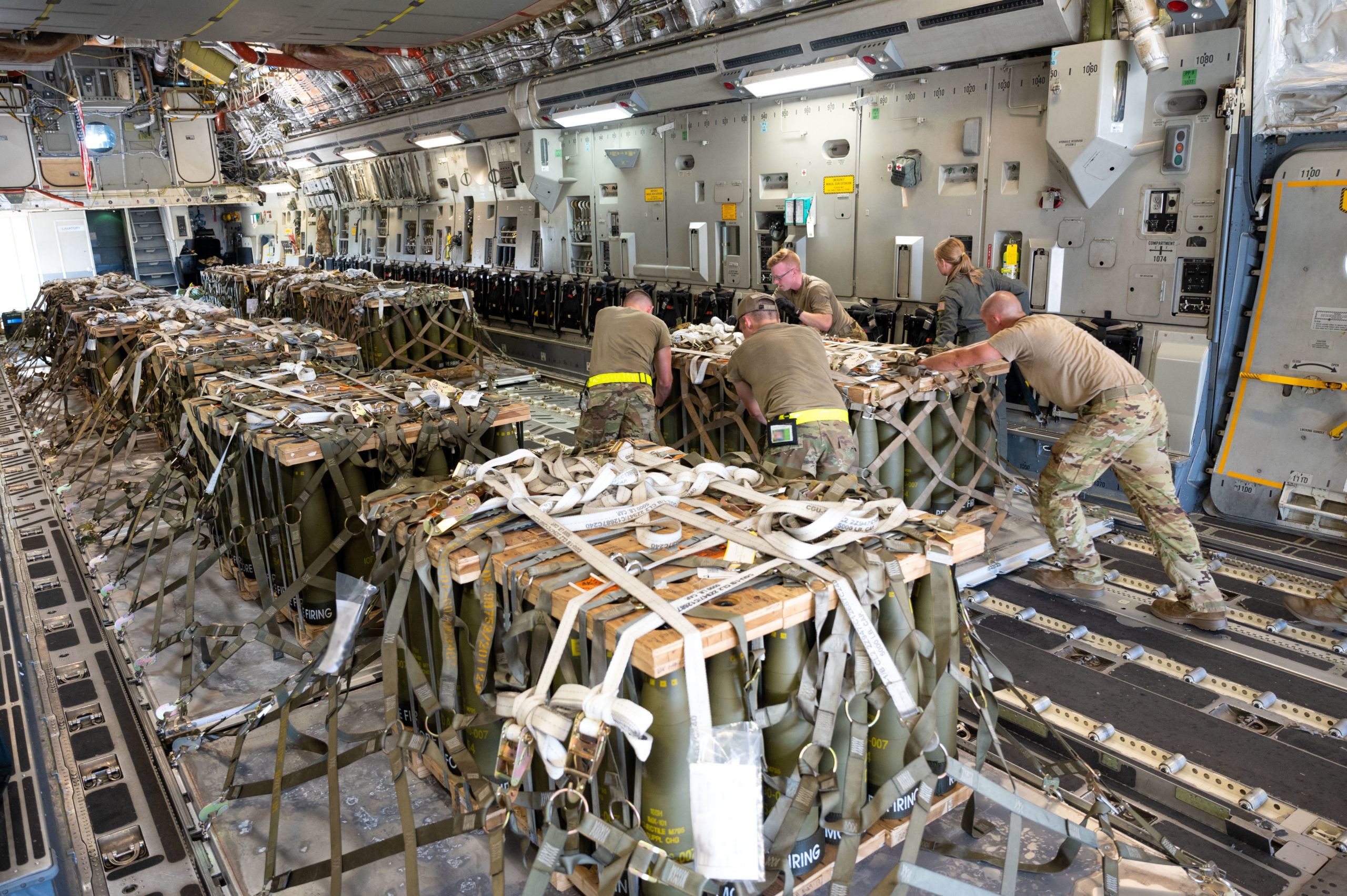As Congress barrels toward another government funding deadline, the Department of the Air Force has prepared a sobering assessment of how a continuing resolution would hurt modernization and undermine readiness.
The government is only funded through Nov. 17, and Congress looks unlikely to pass a full budget. Instead, it is expected to pass a temporary extension, known as a continuing resolution (CR), which keeps the government open at the previous year’s funding levels.
“Any length of CR impacts DAF readiness, hinders acceleration of the Space Force, delays military construction (MILCON) projects, reduces aircraft availability, and curbs modernization in our race for technological superiority,” according to an unclassified Department of the Air Force document obtained by Air & Space Forces Magazine.
Most prominently, continuing resolutions do not allow so-called new-starts, which are programs not authorized under the prior year’s budget.
The prohibition against new starts would be a major obstacle as the Air Force has proposed an array of new initiatives in its fiscal year 2024 budget. They include new programs, such as Collaborative Combat Aircraft (CCAs), as well as investments in infrastructure, communications, and base defense of around $1.2 billion in the Indo-Pacific under the umbrella of Agile Combat Employment. None of that could happen under a CR.
In a Nov. 13 event at the Center for a New American Security, Air Force Secretary Frank Kendall offered a stark appraisal of how continuing resolutions have stymied his modernization efforts.
“If we have a yearlong CR, I’m looking at the possibility that my entire tenure in office will be spent waiting for money from the Congress, that we’ll have identified in the first few months what we need to do, asked the Congress for that money and then spent the entire rest of the term waiting for that money to be appropriated,” he said.
Just how much harm is done to the Air Force’s effort to compete against China and other adversaries would depend on how long the continuing resolution is in effect—a yearlong CR is not guaranteed.
“We need more time,” Rep. Michael McCaul (R-Texas), chairman of the House Foreign Affairs Committee, said on CBS’s Face the Nation Nov. 12. “The CRs always hurt the military, always hurt our national security.”
But there are few other feasible options to avert a government shutdown next week, McCaul noted.
“We’re going have to. I mean, there’s no choice here,” he added. “We can’t sit back and do nothing.”
Kendall and other defense officials have warned that CRs stretching into 2024 would take an increasing toll on the service’s programs, an assessment echoed by the DAF document.
A yearlong CR would mark an 8 percent cut to the DAF’s non-personnel budget, according to a November DAF assessment. The document lists some of the tangible impacts of a lengthy CR.
“These actions not only stifle modernization, but inalterably give ground to our adversaries by reducing DAF buying power,” it states. The DAF says that the total would be around $13 billion.
The first flight of the B-21 Raider bomber on Nov. 10 created a sensation among defense and national security observers. But under a CR, the Air Force would not be able to ramp up production of the aircraft. The document states that under a CR, B-21 procurement would be delayed as a contract award “is held to the previous year’s quantity and funding.”
A lengthy CR would also delay the Air Force’s efforts to expand production of the JASSM standoff cruise missile. The key long-range munition is currently at maximum production, according to defense officials, at 550 missiles per year. The Pentagon wants to finalize a multiyear contract to help expand production, but a yearlong CR would mean the Air Force “will not be able to provide the tooling, test equipment, and staffing necessary to begin increasing JASSM production capacity to the 810 missiles [a year] required of a high‐end fight,” according to the document. It would also mean that the service would not be able to buy an additional 518 Small Diameter Bombs.
A full year continuing resolution would also force the Air Force to cut its buy of F-35 Lighting IIs, the future backbone of the its manned fighter fleet, by five airframes—the service has hoped to purchase 48 F-35s in fiscal 2024, according to the document.
Overall, a yearlong CR would delay the purchase of 754 munitions and 10 aircraft, according to the DAF.
The Space Force would also be affected by a yearlong CR, losing out on $2.8 billion in planned growth—nearly one-tenth of the USSF’s budget. Such an outcome, the document says, would impede “the development of a family of survivable, long‐range, persistent sensors and kill chain automation tools necessary for warfighter capability,” such as data transport, missile tracking, and sensing.
The cuts would also impact programs “critical to the Joint Force in contested environments,” according to the document. The military would also be exposed to “massive risk” by delays of seven National Security Space Launch (NSSL) missions under a yearlong CR.
“We don’t have an innovation problem, we have a money problem,” Kendall said. “We know what we need to buy. We know where to buy it from. We need the money to buy it. That’s really where we are, right now. There is a very long list of things that I would love to buy for the Department of the Air Force that I can’t afford to fund.”
The government is already operating under a CR, which has become common practice. Since fiscal 2000, defense appropriations have only been passed on time on six occasions.
“We really would like to get that budget,” deputy secretary of defense Kathleen Hicks said at CNAS on Nov. 7. “The now-routine failure to secure needed resources for defense and for the whole government erodes military trust in civilian leaders. If you add up the months DOD has been under a CR since 2011, it totals four years worth of delays—delayed new programmings, delayed training, and delayed permanent change of station moves. We cannot afford any further delays. I can assure you that Russia and [China] are not going to slow down while we get our house in order.”
Editor’s Note: This story was updated Nov. 14 after the Department of the Air Force provided a revised estimate on the impact a yearlong CR would have on DAF’s non-personnel budget.
